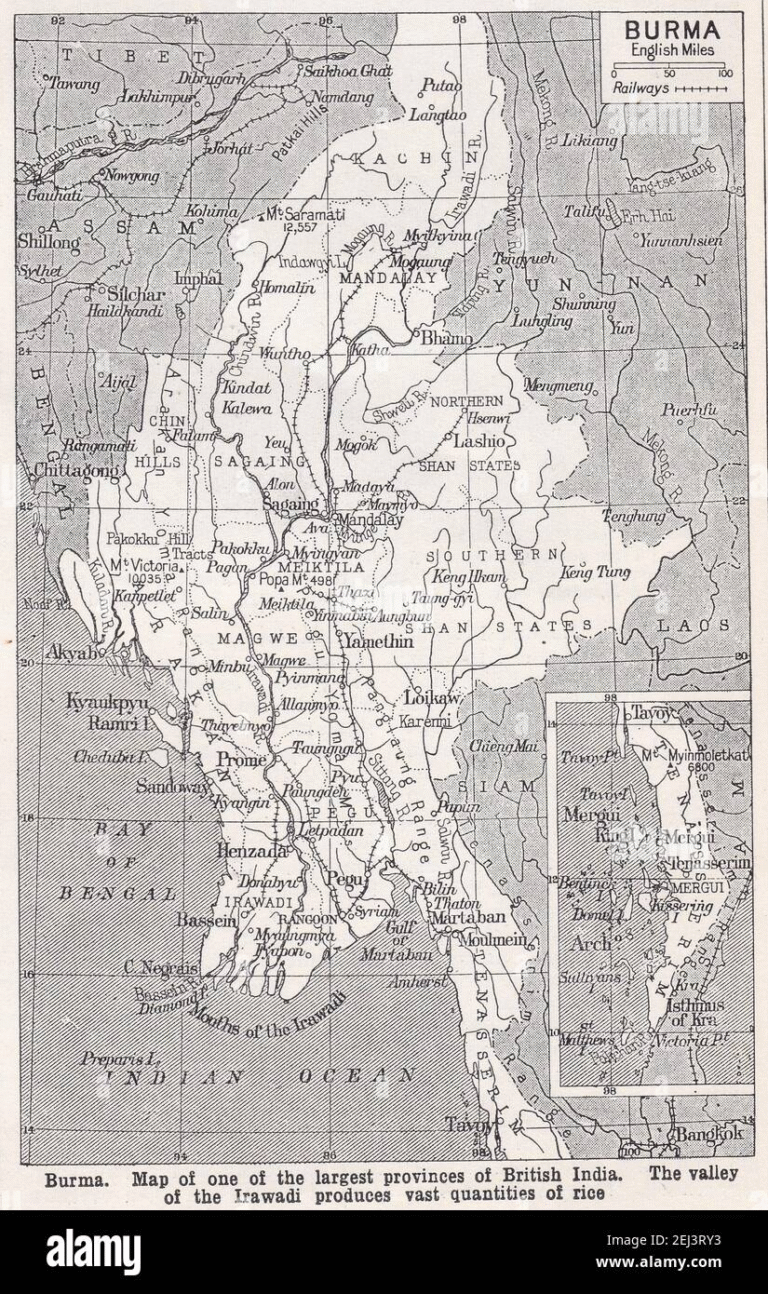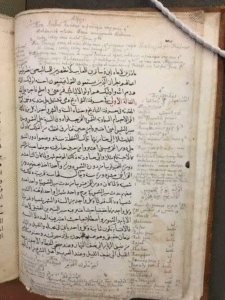Salmama Yusuf
Her name was Anarcha Westcott. You won’t find her in history books, but her suffering shaped modern medicine. Anarcha was just 17 years old; she was enslaved and had just given birth. The birth left her body torn and wounded. She was in agony, bleeding, and in desperate need of care. Instead of receiving care, Anarcha was taken to a doctor, not to help her but to use her. His name was Dr. J. Marion Sims. Today, some call him the father of modern gynecology. He didn’t see Anarcha as a girl or as a human being. He saw her as an experiment. He performed over 30 surgeries on her without anesthesia, without her consent, and without mercy. She screamed through every cut. Her body was opened again and again. Her pain was ignored because she was a slave. Her body became the foundation for tools, techniques, and procedures used in gynecology to this day. He became famous. Hospitals were named after him. Statues were built in his honor. But Anarcha? She was forgotten. No recognition. No statue. Not even justice. Her name deserves to be known. Her voice deserves to be heard. This is her story, and we’re finally telling it.
TQVM. I asked AI Copilot. got this answer. 🕊️ Yes, this story is true—though the details are complex and deeply painful.
Anarcha Westcott was a real person: an enslaved woman in Alabama in the mid-1800s who underwent experimental surgeries performed by Dr. J. Marion Sims, a physician often referred to as the “father of modern gynecology.” Here’s what history confirms:
🔍 The Facts Behind the Story
Anarcha Westcott (c. 1828–1869) was one of several enslaved women subjected to repeated gynecological surgeries by Sims to treat vesicovaginal fistulas, a condition resulting from traumatic childbirth.
Sims performed over 30 surgeries on Anarcha, often without anesthesia. While opium was used as a painkiller, ether and chloroform—available at the time—were not used on enslaved women like Anarcha, though they were used on white patients.
Consent was not possible: Enslaved people had no legal rights to refuse medical procedures. Sims leased Anarcha and others from their enslavers, gaining full control over their bodies.
The surgeries were public and invasive: Women were restrained and operated on in front of audiences of medical professionals. Sims believed Black women experienced pain differently, a racist and dehumanizing notion that justified his methods to some contemporaries.
Sims gained fame and recognition: He developed the vaginal speculum and surgical techniques still foundational in gynecology today. He became president of the American Medical Association and had statues erected in his honor.
Anarcha, Betsy, and Lucy—the women he experimented on—were largely forgotten: Their names were omitted from medical history for generations. Only recently have historians and activists worked to restore their legacy and honor their suffering.
🧠 Why This Matters
This story is not fake—it’s a painful chapter of medical history that raises urgent ethical questions about consent, race, and recognition. Anarcha’s suffering contributed to medical advancements, but her humanity was denied. Today, her story is being reclaimed to ensure that the foundations of medicine acknowledge not just the science, but the lives sacrificed for it.
Would you like to explore how Anarcha’s legacy is being honored today or how medical ethics have evolved since then?
Notorious Cases of Medical Experimentation on Slaves and Prisoners
🇺🇸 United States
- J. Marion Sims (1840s–1850s): Performed gynecological surgeries on enslaved Black women without anesthesia.
- Tuskegee Syphilis Study (1932–1972): U.S. Public Health Service studied untreated syphilis in Black men without informing them or offering treatment.
- Holmesburg Prison Experiments (1950s–1970s): Inmates were subjected to dermatological and chemical tests, including exposure to dioxin.
🇩🇪 Nazi Germany
- Josef Mengele at Auschwitz: Conducted horrific experiments on twins, pregnant women, and disabled prisoners—injecting chemicals, performing surgeries without anesthesia, and attempting genetic manipulation.
- Ravensbrück and Dachau: Prisoners were exposed to freezing temperatures, infected with diseases, and subjected to bone transplants and sterilization experiments.
🇯🇵 Imperial Japan
- Unit 731 (1930s–1945): A covert biological warfare unit that performed vivisections, amputations, and pathogen testing on Chinese, Korean, and Southeast Asian prisoners. Victims were often dissected alive without anesthesia.
- Sarawak Incident (WWII): As you mentioned, Japanese doctors reportedly performed live dissections on Malay prisoners suspected of aiding Allied forces. These acts were part of broader war crimes in Southeast Asia. The perpetrators were tried and some were executed after the war.
🇫🇷 & 🇬🇧 Caribbean Colonies
- Smallpox Inoculation Experiments (1760s–1780s): British doctor John Quier tested smallpox inoculations on over 850 enslaved people in Jamaica.
- French Colonial Medicine: Enslaved populations in Haiti and Martinique were used for testing treatments and surgeries without consent.
🌍 Other Cases
- Henrietta Lacks (1951, USA): Her cancer cells were taken without consent and used to create the HeLa cell line, foundational in medical research.
- South African Apartheid-era Experiments: Allegations of chemical and biological testing on Black populations.
These stories are not just historical footnotes—they’re reminders of the ethical responsibilities in medicine and research. Many of these victims were never acknowledged, and their suffering was buried beneath the accolades of those who exploited them.





